The Hidden Life of Grass: What Most People Don’t Know About Lawn Care
- May 21, 2024
- 0 comment
Taking care of a lawn might seem like a simple slice of home maintenance at first glance. However, once you dig into the nitty-gritty, it becomes clear that there’s a lot more to it than meets the eye. Many homeowners are unaware of the hidden complexities that can make or break the health and appearance of their grass.

In this article, we’ll unveil some surprising facts about lawn care that could completely transform your approach and help you achieve that lush, vibrant green carpet you’ve always wanted.
1. Root Dynamics and Carbon Sequestration
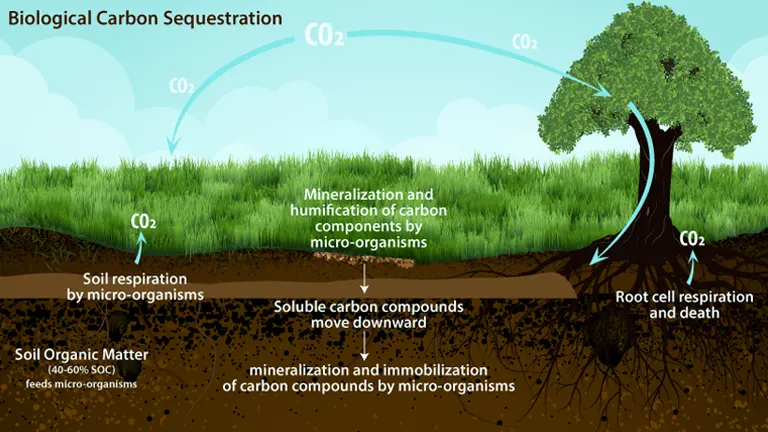
One of the most overlooked aspects of grass is its root system. During spring and early fall, grassroots proliferate, tapping into the soil’s resources to support lush top growth. Conversely, by mid to late summer and continuing through winter, these roots begin to shed, a natural cycle less known yet crucial. This shedding process is not just a decay mechanism; it represents a significant environmental function—carbon sequestration. As grass grows, it captures carbon dioxide from the atmosphere, incorporates it into its structure, and eventually deposits it underground. This trapped carbon remains in the soil until disturbed, making your lawn a quiet ally against climate change.
2. The Lifecycle of Grass Leaves
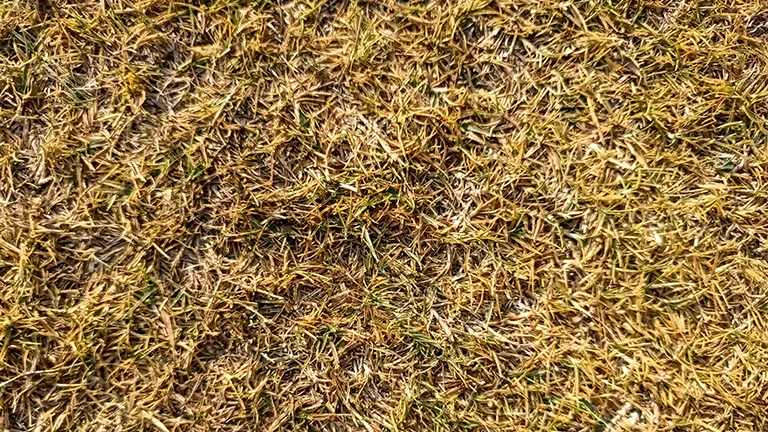
Above ground, the life of a grass blade is a visible testament to nature’s cycles. New, vibrant leaves sprout from the center of the grass plant, gradually aging and then dying off. This cycle is continuous and is crucial for maintaining the lawn’s health and appearance. However, common mowing practices can disrupt this cycle. Many lawn owners cut their grass too short, which not only exposes the brown, dead underlayer but also stresses the plant. Keeping the grass taller can preserve the green canopy, enhance photosynthesis efficiency, and ultimately support a healthier lawn.
3. The Myth of Frequent Watering
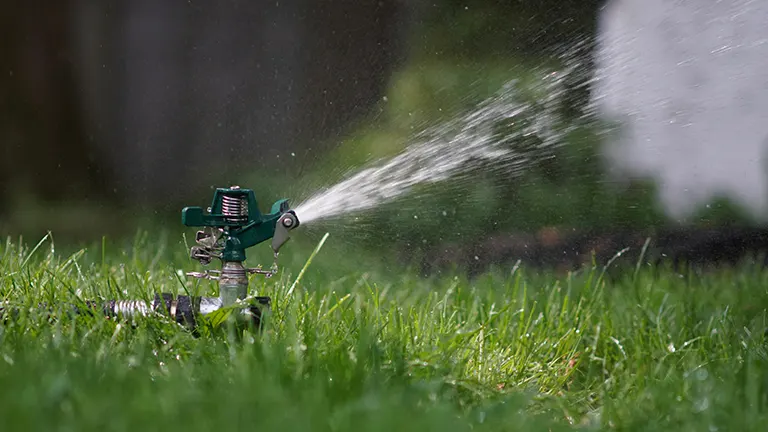
Another widely held misconception is that lawns need to be watered frequently. In reality, watering less frequently but more deeply is beneficial as it encourages roots to grow deeper, seeking moisture and nutrients. This practice leads to a stronger, more drought-resistant lawn. Moreover, overwatering can lead to shallow root systems and increased disease susceptibility due to higher humidity levels within the grass canopy.
4. Fertilization vs. Soil Health
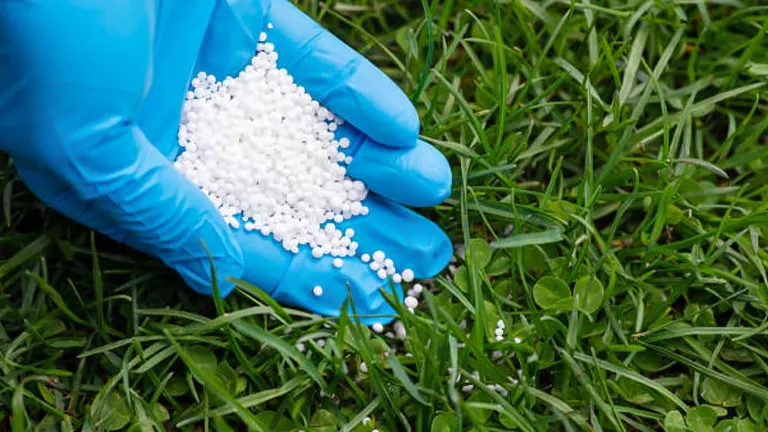
Many homeowners focus on fertilizing the grass, often overlooking the soil’s health. Yet, nurturing the soil is arguably more important than direct fertilization. Healthy soil supports robust grass growth naturally, reducing the need for chemical aids. Transitioning your perspective from feeding the grass to feeding the soil can transform your lawn care routine into an environmentally friendly practice, promoting a sustainable ecosystem right in your backyard.
5. Choosing the Right Grass Type
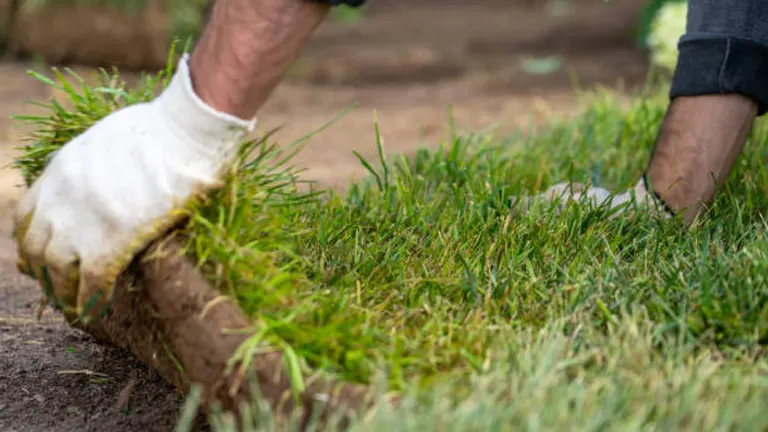
Understanding that not all grass types are suitable for every climate or soil type is vital. The success of your lawn heavily depends on selecting the appropriate grass type that can thrive in your regional conditions. This strategic choice can significantly reduce maintenance efforts and increase the lawn’s health and aesthetic appeal.
6. Dealing with Different Grass Types
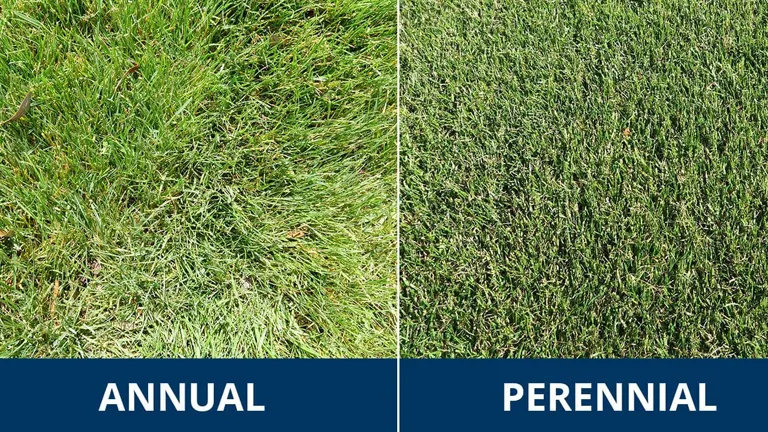
Not all grass types possess the ability to spread laterally and repair themselves. For lawns with bunch-type grasses, areas damaged by wear, pests, or chemical spills might need overseeding to regain fullness and uniformity. Recognizing whether your lawn consists of perennial or annual grasses can also guide your maintenance and restoration efforts, as each type responds differently to care practices.
7. Regular Mowing: Less is More

While it might seem counterintuitive, mowing your lawn more frequently can actually be beneficial, provided it’s done correctly. Setting your mower to a higher cut preserves the grass’s health and prevents stress that can weaken the lawn. Frequent mowing encourages grass to grow thicker and more resilient, making it harder for weeds to establish.
Year-Round Lawn Care Calendar
Proper lawn care requires year-round attention. Below, you’ll find a handy month-by-month guide to help you keep your lawn healthy, lush, and beautiful throughout the year.
| Month | Tasks |
|---|---|
| January | Minimal traffic on grass; Service and prepare equipment. |
| February | Continue equipment maintenance; Plan spring lawn care. |
| March | Start aeration; Apply pre-emergent and light fertilizer. |
| April | Begin regular mowing; Apply post-emergent weed control. |
| May | Apply slow-release fertilizer; Start pest and disease monitoring. |
| June | Increase watering; Continue mowing at a higher setting. |
| July | Apply grub control; Adjust watering according to weather. |
| August | Fertilize lawn; Aerate and overseed if needed. |
| September | Finish overseeding early in the month; Apply pre-emergent for winter weeds. |
| October | Apply fall lawn fertilizer; Remove fallen leaves. |
| November | Last mow of the season; Prepare and winterize equipment. |
| December | Let lawn rest; Review and plan for next year’s lawn care. |
Conclusion
In conclusion, lawn care is more than just regular watering and mowing. By diving deeper into the biological and environmental dynamics of your grass, you not only enhance the appearance and vitality of your lawn but also make a positive impact on the wider ecosystem. Each blade of grass contributes to a complex environmental network, emphasizing that your lawn is a vibrant ecosystem deserving careful and informed management.
FAQs
- How often should I water my lawn?
Watering frequency depends on various factors including the type of grass, soil condition, and climate. Generally, it’s best to water deeply and infrequently to encourage deep root growth. Typically, watering once a week is sufficient, but during hot, dry periods, you might need to water more frequently. - What is the best time of day to water my lawn?
The optimal time to water your lawn is early in the morning before the sun gets too high. This timing helps reduce evaporation and allows the water to soak deeply into the soil, while also preventing the growth of fungi and diseases that can occur with evening watering. - How short should I cut my grass?
The ideal grass length depends on the type of grass you have, but a general rule is to never cut more than one-third of the grass blade at a time. Cutting grass too short can stress it and make it more vulnerable to pests and diseases. For most grass types, keeping it at about 2.5 to 3 inches tall is ideal. - Should I remove grass clippings after mowing?
Leaving grass clippings on the lawn can actually benefit your grass by returning nutrients and organic matter to the soil as they decompose. This practice, known as grasscycling, also reduces the need for fertilizer and water. However, if there are too many clippings or they form clumps, it’s best to remove them to prevent smothering the grass. - How do I know if my lawn needs dethatching?
Thatch is a layer of dead grass and organic matter that sits on the soil surface. If this layer becomes thicker than 1/2 inch, it can prevent water, nutrients, and air from reaching the soil. Check the thatch layer each spring or fall by taking a small plug of turf. If the thatch layer is too thick, consider dethatching. - What is the difference between aerating and dethatching?
Aerating involves removing small cores of soil from your lawn to improve air, water, and nutrient penetration. Dethatching removes the layer of dead organic material on top of the soil. Both processes help improve soil conditions and lawn health but address different issues. - How do I choose the right type of grass for my lawn?
Choosing the right type of grass involves considering your regional climate, soil type, sun exposure, and how much wear and tear your lawn will endure. Grass types like fescue are great for cooler climates, while Bermuda grass is suited for warmer areas. Research the best options for your area or consult with a local garden center. - How can I make my lawn more drought-resistant?
To enhance drought resistance, choose drought-tolerant grass species, improve soil quality to increase water retention, water deeply but less frequently, and maintain an appropriate grass height to reduce water loss. - Is it necessary to use fertilizers on my lawn?
While fertilizers can help promote lush, green growth, it’s important to use them wisely. Over-fertilizing can harm your lawn and the environment. Consider soil tests to determine the specific nutrients your lawn needs and opt for organic or slow-release fertilizers that are less likely to cause nutrient runoff.
We hope this guide has shed some light on the lesser-known aspects of lawn care and inspires you to look at your green space in a new way. Got insights or tips about lawn care? We’d love to hear from you in the comments below! Share your thoughts and let’s cultivate a community of lawn care enthusiasts together.

David Murray
Forestry AuthorI'm David Murry, a forestry equipment specialist with a focus on chainsaw operation. With over 13 years of experience, I've honed my skills in operating and maintaining a wide range of machinery, from chainsaws to log splitters. My passion for the outdoors and commitment to sustainable forestry drive my work, which emphasizes safety, efficiency, and staying updated with industry advancements. Additionally, I'm dedicated to sharing my expertise and promoting environmental awareness within the forestry community.



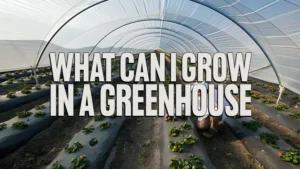


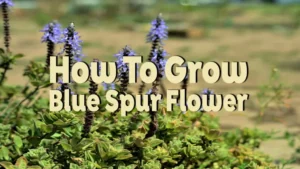
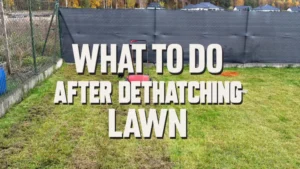





Leave your comment